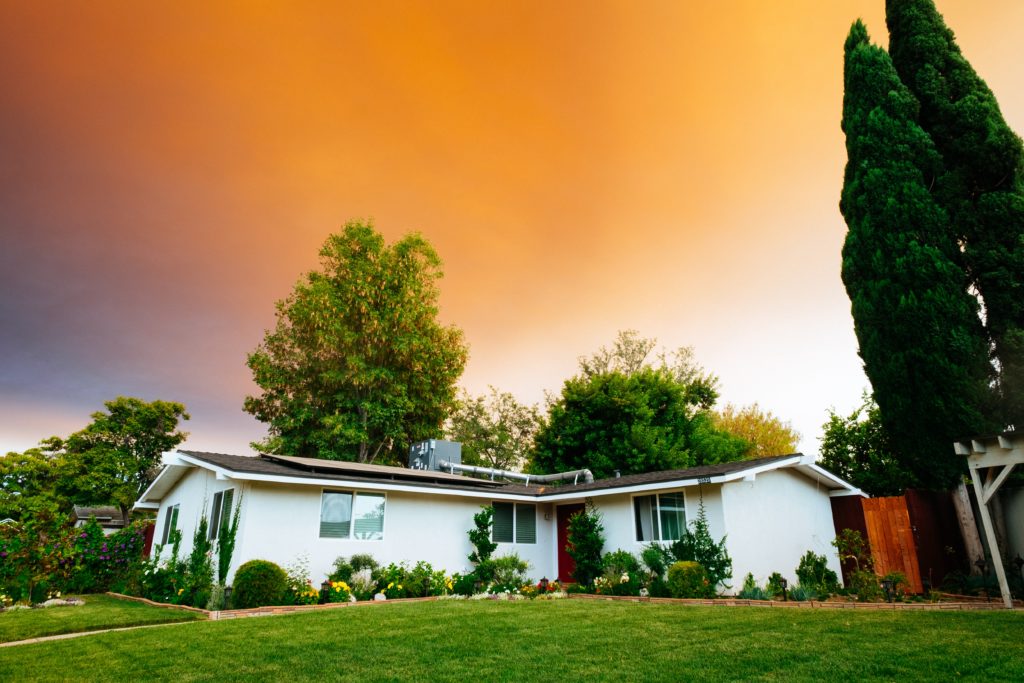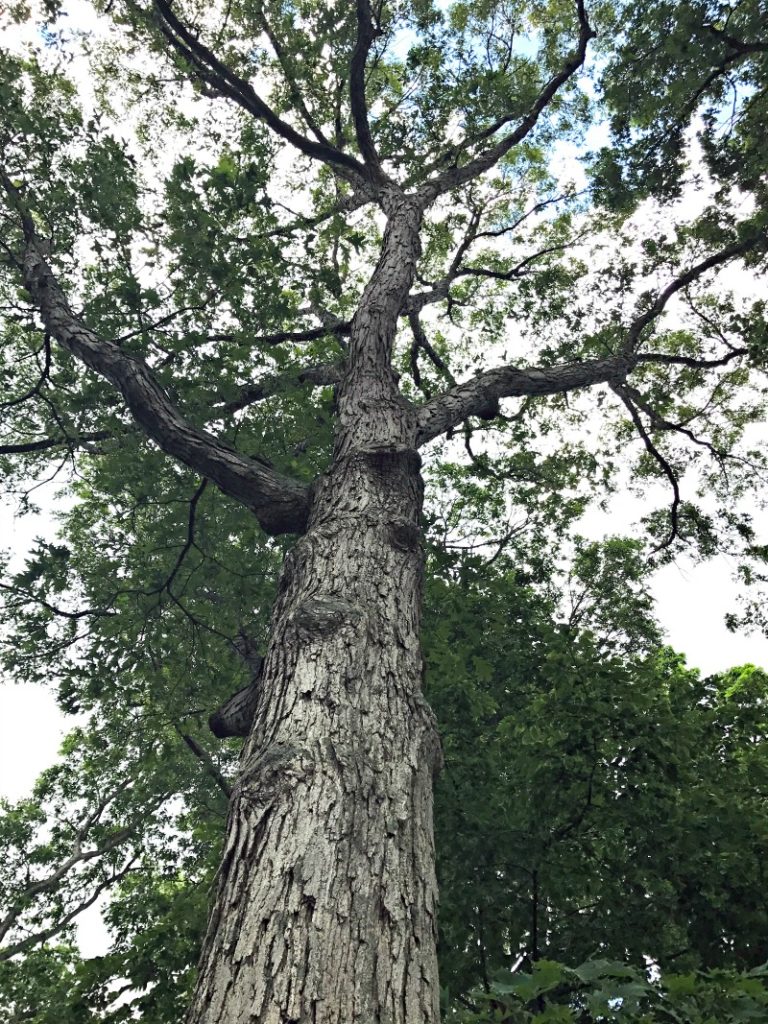How Proper Shade Trees Can Reduce Energy Costs
It’s the middle of summer and temperatures are rising, which is something we all enjoy. What we don’t enjoy is paying skyrocketed electric bills to keep our homes cool in these scorching hot afternoons. Luckily, there is a solution to this. That solution is trees! It is amazing how much energy can be saved from properly placed trees around your landscape. In this article, we will provide you with research-backed data on the impact trees have on energy savings.

How Much Energy Do Trees Save?
Extensive research has been done to determine the relationship trees have with energy savings. Before we bring up the factors to consider when planting shade trees, we need to first find out if trees actually save energy. Research was gathered to measure energy savings among four different U.S. cities. According to Pandit and Laband (2009), “Their results suggested that an additional 25% increase in tree cover would reduce annual cooling energy use by 40%, 25%, and 25% for an average house in Sacramento, Phoenix, and Lake Charles. However, the fourth city, Los Angeles, had minimal calculated savings” (p. 1324). This study suggests there is a strong relationship between tree cover and annual cooling energy.
Despite other existing variables, which we will get into later, it is indisputable that a relationship apparent. Another interesting study found that the amount of electricity used to cool 2 buildings located in Alabama to 72 degrees Fahrenheit during the summer months was 2.6 times greater for the building in full sun compared to other buildings in shade (Pandit and Laband 2009 p. 1325).

Variables To Consider
Although there is a relationship between shade trees and lower energy cost, there are some things to consider before you make any additions to your landscape.
Tree Maturity
The maturity of the tree will obviously play a major role in how much coverage you receive. Planting several young trees are not going to give you the coverage a 60 year old Oak Tree will. A Chicago study found that having three trees at least 7.6 meters tall would reduce the annual heating and cooling cost by 8% compared to homes that did not have trees (Pandit and Laband 2009 p. 1324).
Tree Location
It is important to note that the placement of your trees will determine the shade coverage for your home. In fact, a study that measured electricity use in relation to shade coverage found that shade on the west and south sides saw more electricity savings than shade from the north side of the house (Pandit and Laband 2009 p. 1325). This finding explains that having a proper recommendation will help you gain the most benefit from your new trees.
Tree Species
There are certain trees that are better for shade than others. Before you go ahead and get just any tree, make sure you do some research beforehand to ensure you are getting the most bang for your buck. Some great shade trees are White Oak and Elm trees.
Having good shade trees can not only increase the appearance of your home, but they can also reduce your monthly energy usage. If you don’t know where to begin with adding new trees to your landscape, our certified arborists are a great resource to provide recommendations.

